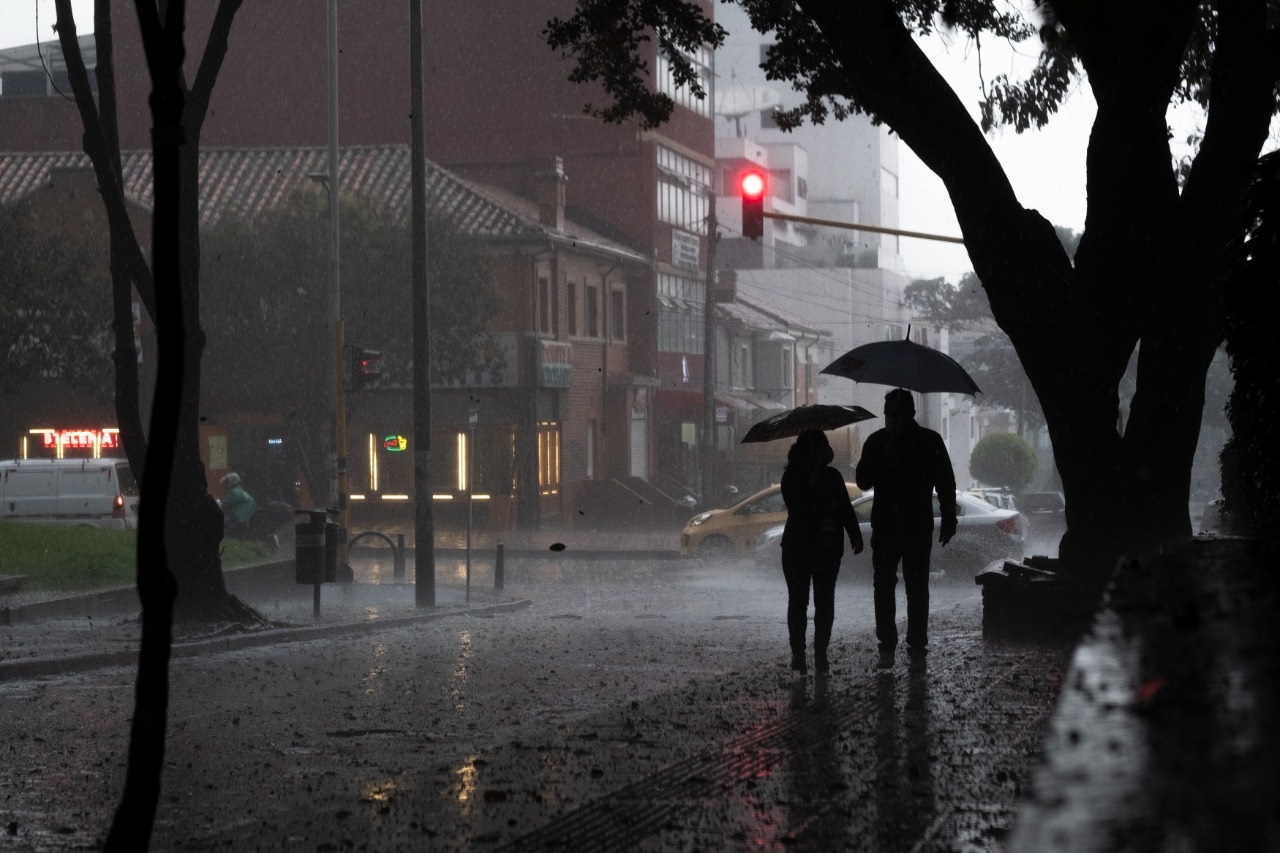Susana Muhamad, Minister of Environment and Sustainable Development, said that the emergency due to the rains in Colombia is due, among other factors, to the environmental deterioration of the country, to the disorder of some activities in the territories, such as deforestation, and invited the communities to participate in the structuring of risk maps to prevent calamities.
“We must advance in social work and coordination in the regions, with the authorities, so that the country prepares itself for possible risks that lie ahead. The risk or threat maps are not being enough, they must be reinforced. We have to be prepared, because these extreme events will not be the exception, but will continue to be presented by the climate crisis”, Muhammad explained.
Can read: Claudia López attacks again the operator of the Doña Juana landfill
Most models predict that sea surface temperatures will remain below normal at the La Niña threshold, until at least December 2022 and February 2023, according to the Institute of Hydrology, Meteorology and Environmental Studies (Ideam), an entity that integrates the National Environmental System (SINA), headed by the Ministry of Environment.
International models predict a continuation of La Niña during September-November 2022, with a probability of 86%. The ENSO-Neutral condition becomes the most likely category for January-March 2023, which means that Neither El Niño nor La Niña would prevail.
The rainiest season has affected 454 municipalities. Of these, 131 municipalities have been declared in a state of public calamity, in 10 departments: Chocó, Bolívar, Córdoba, Cundinamarca, Huila, Meta, Norte de Santander, Risaralda, Valle del Cauca and Antioquia.
For his part, the director of Risk Management, Javier Pava, affirmed that exceptional actions are coordinated in response to the families that have been affected.
“The projection indicates that these 131 municipalities that are in public calamity could triple, if those that are on red alert become events, damages, losses and victims. We have to make an effort with the departmental support and the determined support of the National Government, to take preventive actions so that do not increase this number”, he explained.
You may be interested in: Álex Flórez case: The woman who accompanied the drunken senator breaks her silence
Before various national and regional media, the Minister of the Environment and the Director of Ideam reported that, in this month of September, it is expected that levels of the Magdalena and Cauca rivers maintain an upward trend, in the medium to high range.
In the swampy complex where the San Jorge, Cauca and Magdalena rivers converge, high levels will remain, and in the Cara de Gato sector, conditions of lateral overflow towards the La Mojana region will persist. In the lower Magdalena (Canal del Dique)and areas bordering this river, high level conditions would occur in September, with the probability of overflowing.
















